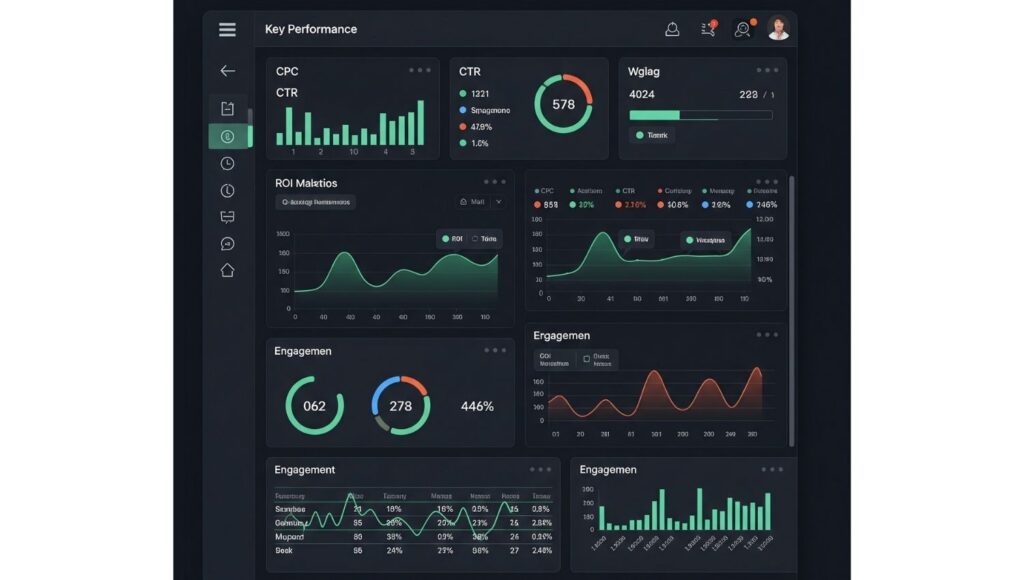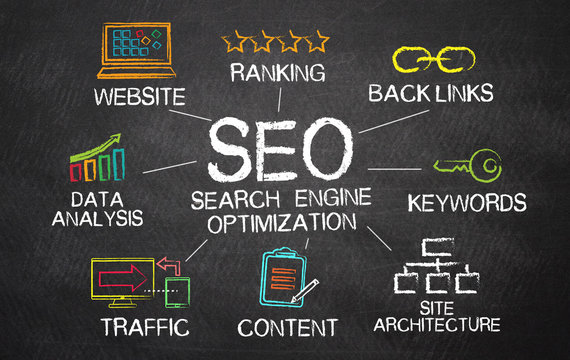Table of Contents
Digital Marketing Metrics That Really Matter in 2025

1. Introduction
With the current data-driven digital age, knowing what to measure is more critical than ever. Brands, marketers, and content creators are faced with dozens of analytics choices in 2025.
But let’s face it — all metrics do not matter.
Some are pleasing to include on reports but do not necessarily impact results. Others are low-key but impactful growth signals.
This article breaks down the digital marketing metrics that really count in 2025, and will assist you in cutting through the noise to performance that generates ROI.
2. Why Metrics Matter More Than Ever in 2025
With AI, automation, and personalization driving customer interactions, it matters to know what really works.
In 2025:
- Marketing is hyper-personalized.
- Budgets are under greater pressure.
- Attribution models are more complex.
- ROI is required sooner.
So, metrics aren’t nice-to-haves — they’re your decision-making compass.
3. Core Categories of Digital Marketing Metrics
All digital marketing metrics can be grouped into 5 core categories:
| Category | Purpose |
|---|---|
| Awareness Metrics | Track visibility and reach of the brand |
| Engagement Metrics | Measure interactions and attention |
| Conversion Metrics | Track goal completions like leads or sales |
| Retention Metrics | Track loyalty and repeat interaction |
| Revenue Metrics | Directly related to ROI and profit |
| Let’s talk about what matters most in every category. |
4. Most Valuable Metrics by Channel
Social Media Metrics That Matter (2025)
- Engagement Rate Per Reach (compared to per follower): Rates content quality.
- Video Watch-Through Rate: Especially useful for Reels, Shorts, TikToks.
- Saves & Shares: More deliberate than likes.
- Story Link Clicks: Track funnel entry points.
- Follower Growth Rate: With engagement trends, especially useful.
Website & SEO Metrics
- Organic Search Click-Through Rate (CTR): Tracks SEO performance quality.
- Average Engagement Time: Replaces bounce rate in GA4; crucial for content quality.
- Top Conversion Paths: Shows multi-channel attribution.
- Core Web Vitals: As crucial as ever to rank in 2025.
- Indexed Pages Growth: Signal of frequent SEO content upload.
E-Commerce Metrics
- Customer Acquisition Cost (CAC)
- Average Order Value (AOV)
- Cart Abandonment Rate
- Email Revenue Attribution
- Repeat Purchase Rate
Paid Ads Metrics
- ROAS (Return on Ad Spend)
- Cost per Result (CPR)
- Ad Frequency
- Creative Fatigue Indicators
- Conversion Lag Time
5. The New Metrics That Emerged in 2025
With evolving tech and behavior, these new-age metrics are game-changers:
Engagement Velocity
Monitors how quickly a post is building momentum. Most critical for platforms like Instagram Reels or Threads.
AI-Powered Predictive Score
Certain CRMs even show a predicted conversion score for each lead.
Emotional Sentiment Score
Powered by AI tools, this measures whether the sentiment of your audience towards your brand content is positive/negative.
Content Repurposing ROI
Tracked performance of content repurposed across formats/platforms.
6. Vanity Metrics vs Actionable Metrics
Let’s be real — not all numbers help.
| Vanity Metrics | Actionable Metrics |
|---|---|
| Page Views | Session duration, conversion path |
| Likes | Shares, saves, comments |
| Follower Count | Engagement rate per follower |
| Impressions | Click-through rate |
| Open Rate (emails) | Click-to-open rate (CTOR), conversion rate |
Always ask:
What can I do about this number?
7. Tools to Track the Right Metrics
Following are best tools for 2025 to measure critical performance metrics:
| Category | Tool |
|---|---|
| Analytics | Google Analytics 4, Plausible, Matomo |
| Social | Sprout Social, Metricool, Buffer |
| SEO | Semrush, Ahrefs, Ubersuggest |
| Paid Ads | Google Ads Manager, Facebook Ad Center |
| CRM/Email | HubSpot, Mailchimp, Klaviyo |
| Dashboarding | Looker Studio, Databox, Dashthis |
Pro Tip: Leverage funneled dashboards for auto-reporting.
8. Metric Benchmarks for 2025
And here’s what healthy metrics look like this year
| Metric | Ideal Benchmark |
|---|---|
| Email CTOR | 15–20% |
| Social Engagement Rate | 1.5–3.5% per reach |
| Website Avg. Engagement Time | 1.5 – 3 mins |
| Google Ads ROAS | 4:1 or higher |
| SEO Organic CTR | 5%+ for top 5 positions |
| Lead-to-Customer Rate | 10–20% for warm leads |
Keep in mind that benchmarks differ by industry — always use previous performance to compare.
9. How to Set Metric-Based Goals
When campaign-planning:
- Define Objectives: Awareness, Leads, Sales, Loyalty
- Select 3–5 Key Metrics that align with that goal
- Set SMART Benchmarks (Specific, Measurable, Achievable, Relevant, Time-bound)
- Use Baselines from past performance or industry averages
- Track & Iterate every 7–14 days
Example:
- Goal: 500 leads in 60 days
- Key Metrics: Landing page CVR, CAC, Email open rates, ROAS
- Tools: Google Ads, GA4, HubSpot
10. Case Study: Metric-Driven Campaign Success
Brand: DTC Skincare Brand
Campaign Objective: Drive holiday sales through paid media + email
Timeframe: Nov–Dec 2024
Performance Tracked:
- Email revenue attribution
- ROAS by ad set
- Abandoned cart recovery
- Video engagement rate
Outcomes:
- ROAS: 6.2
- 27% uplift in CTR with emotional ad copy
- Revenue driven through email: $28K
- Cart abandonment decreased by 14% through AI reminder flows
Learning: Doubling down on mid-funnel retargeting through email CTOR led to high revenue uplift.
11. Future-Proofing Your Analytics Strategy
It’s only 2025. Here’s how to get ahead:
- Implement AI tools like ChatGPT for summary reporting
- Segment more deeply (geo, psychographics, device)
- Leverage first-party data wherever possible
- Mix qualitative + quantitative (survey + analytics, for example)
- Keep UTMs and conversion tracks regularly updated
- Train teams to read data, not just report it
12. Final Takeaway
In 2025, digital marketing isn’t about measuring everything — it’s about measuring what moves the needle.
Start to make priorities:
- Actionable insights over shiny numbers
- Cross-channel attribution over single-metric wins
- Engagement quality rather than quantity
- Long-term lifetime value over short-term spikiness
When you get the right metrics right, your strategies cut sharper, your campaigns run more efficiently, and your results much more predictably.
13. FAQs
What is the most important digital marketing metric in 2025?
Depending on what you’re optimizing for. For return on investment? ROAS. For brand development? Engagement rate by reach. For loyalty? CLV.
What is a good engagement rate on Instagram in 2025?
Between 1.5%–3.5% per reach.
How often should I report on metrics?
Check weekly for campaigns and monthly for strategic reasons.
Is bounce rate still a key metric?
In summary, in GA4, time spent. is a more useful measure than bounce rate and is used in its place.
What are signs of bad metrics?
If the metric won’t help you make a decision or change, it’s probably. a vanity metric.


